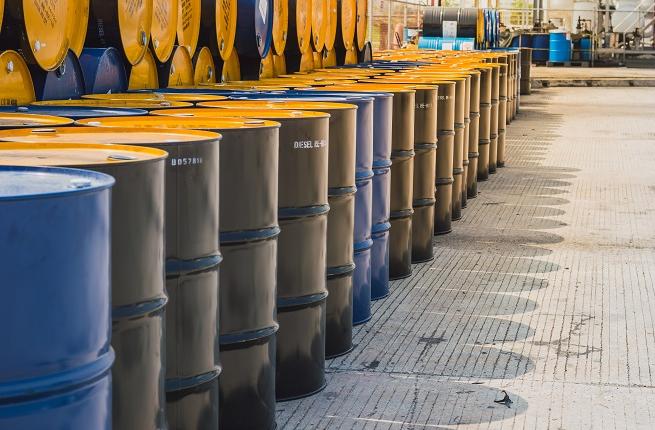For decades, the need for oil has continued to grow, fueled by an increasing global population and the pursuit of economic growth. Despite the push towards a less carbon-intensive economy, society’s insatiable appetite for personal mobility, consumer goods, and services has outpaced the transition’s pace, a new Wood Mackenzie analysis outlined.
“Oil demand will remain above 90 million barrels a day (b/d) until the year 2050,” said Frank Mkay, WoodMac’s Head of Upstream Analysis.
He pointed out that while the transition to cleaner alternatives is underway, oil’s role in meeting global energy needs remains substantial, and its gradual decline will be a measured process over several decades.
WoodMac’s projection comes at a time when Guyana is set to ramp up production at a massive ExxonMobil-operated block off of its coast. Production started in December 2019 at the first development and has since surged to around 400,000 barrels of oil per day (bpd) after a second project came online last year. A third development will start up later this year, pushing production to 600,000 bpd by early 2024. By 2027, over 1.2 million bpd will be produced, with multiple projects and room for upside still remaining.
2023 to be a boon year for project approvals with 30 expected to reach FID – WoodMac | OilNOW
Mkay wrote that a significant driver of this escalating oil demand has been the developing world, which has contributed the lion’s share of the one million b/d average annual oil demand growth observed from 2000 to 2019. The world witnessed global oil consumption reach its zenith in 2019, peaking at 101 million b/d before the Covid-19 pandemic struck. However, a robust rebound in demand followed the pandemic, and WoodMac predicts that this year will see a resurgence surpassing the pre-pandemic high.
WoodMac foresees oil demand continuing to rise for the coming years, though the rate of growth will gradually decelerate after 2024. The current elevated growth rate of over two million b/d per year is expected to ease as the post-pandemic recovery wanes. The projected peak is estimated to occur in the early 2030s, reaching 108 million b/d before beginning its long-term decline.
Global oil demand spurs urgent call for US$12.1 trillion in long-term investments | OilNOW
The global economy’s reliance on oil and other fossil fuels was brought into sharp focus during the invasion of Ukraine, underlining the critical role oil plays in sustaining modern societies. However, the gradual shift towards cleaner alternatives will eventually impact oil demand.
Fuel efficiency improvements, driven by regulations, will gradually increase, and newer vehicles will be more environmentally friendly than their predecessors. The transition will witness a gradual replacement of oil-dependent vehicles with electric vehicles, fuel cell vehicles, natural gas substitutions, and eventually synthetic fuels (e-fuels).
But, despite this transition, change will take time to manifest. It is anticipated that only in the late 2020s will internal combustion engines represent less than half of global new vehicle sales. Even a decade later, these engines will still constitute more than half of the total vehicle stock, which is projected to be 50% larger than it is currently. Certain sectors, such as shipping, aviation, and haulage, will find oil particularly persistent, as equipment in these industries typically has long in-service lives.



